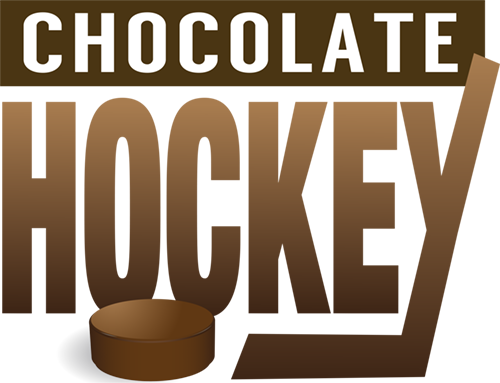
Smelling salts – the most disgusting smell in hockey
Blink, and you’ll miss it. Next time you’re at a hockey game, right after the national anthem, but moments before puck drop turn your attention to one of the two benches. You’ll witness what’s almost a circus act happening up and down the pine.
Trainers and equipment staff members toss small white packets to players who then bring the packs to their nose, before abruptly moving away with a disgusted look on their face.
What you’re witnessing is the art of the ammonia inhalant, better known as Smelling Salts. These little packets, no longer than two inches in length, are meant to wake players up through 0.33 milliliters of a liquid chemical compound.
Alcohol makes up 35%, ammonia takes up another 15%, and “inactive ingredients” like red dye, lavender oil, and water take up the final 50%. The mix of the ingredients creates a smell that was described by Bears forward Nathan Walker as “disgusting.”
“I don’t know why I really do it,” said Walker. “It’s such a putrid smell. It wakes you up a bit.”
“It’s not enjoyable by any means,” quipped Liam O’Brien.
Smelling salts were initially used to revive people after fainting, but have made their way to hockey as a way to wake players up before puck drop. For many players, like forward Riley Barber, it’s become a ritual.
“For me, it’s just a good way to get into the game,” he said. “Now a lot of guys do it.”
Bears athletic trainer Murphy Luatua says about half the Hershey roster uses it, with many doing it at the start of each period. “If it helps the guy feel alert and be ready to go for the first couple shifts in the period, I’m all for it.”
Current Hershey head coach Spencer Carbery occasionally used them during his playing days, but wasn’t as “religious about it like some of the guys are.”
Carbery was amazed by the superstitions some players have with it. “You would not believe it. The routines, the passing back and forth, the ‘it has to come from this guy,’ the ‘if I drop it I can’t use it,’ the ‘I take two sniffs, you take two,’ it’s unbelievable some of the stuff I’ve seen over the years.”
Walker has been caught many times on camera looking nauseous after inhaling the smell. “If you don’t give them a second to breathe and you get that whiff in you, it’s definitely capable of making you puke.”
The Australian shares his packets with O’Brien, who says he doesn’t force it as much as the Aussie. “He tries to put the thing up his nose,” said O’Brien. “I wouldn’t say I’m as aggressive as he is with it. But you should just try it.”
And with that, a challenge was put forward. In the spirit of journalism, I tried a smelling salt after my interview with Luatua and experienced the “disgusting” smell first hand.
While I didn’t get “smacked in the face” as Connor Hobbs describes it, the smell opened my sinuses and provided a small jolt. The “burning sensation” that was mentioned felt very similar to getting pool water up your nose and lingered for almost an hour after my whiff.
While I’m not against the smell, I understand why guys like defenseman Aaron Ness don’t participate. “It doesn’t do much for me. I know a lot of guys love them. I just stay away from them. It can’t be good.”
Word has gotten around Hershey’s locker room that using the inhalants “kills brain cells.” At least that’s what Hampus Gustafsson told Barber. “Gus is pretty educated.”
“First of all, I don’t really like it,” said Gustafsson. “And I know it’s not the best thing for your brain – it kills some brain cells – so if I don’t like it and it’s not good for you? I mean it’s not that hard for me to say no.”
Forward Mike Sgarbossa, who also doesn’t use them, agrees with the idea that it kills brain cells, and points to his teammates as examples of that. “I’m sure you’ve done some interviews on some of the guys that are using them. I think I can rest my case with that.”
Whether it actually kills brain cells or not, O’Brien says it best: “It’s definitely not something you want to be doing on your spare time.”
